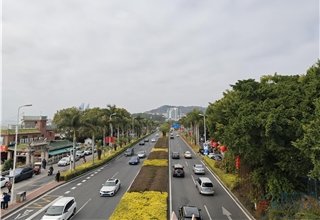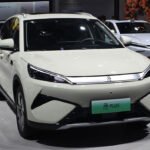China’s Passenger Vehicle Retail Sales Expected to Reach 2 Million Units in June 2025
Shanghai (Gasgoo)- According to preliminary data from the China Passenger Car Association (“CPCA”), China’s passenger vehicle (PV) retail sales are projected to hit 2 million units in June 2025. This reflects a 13.4% year-on-year (YoY) growth and a 3.2% month-on-month increase.
Of these sales, new energy vehicles (NEVs) are estimated to account for around 1.1 million units, with their market penetration rebounding to approximately 55%.

Weekly Sales Trends
Throughout the month of June, there were noticeable fluctuations in weekly sales data. The first week, affected by the Dragon Boat Festival holiday, saw daily average retail sales drop to 42,100 units, a 16.9% YoY decrease and a 13.9% decline from the previous month. Sales gradually recovered in the second week, reaching 52,700 units on average, a 22.7% YoY increase but still 4.8% lower than the previous month. The third week, boosted by the “618” e-commerce shopping festival, saw daily retail sales rise to a projected 68,600 units, a 10.7% YoY increase and a 21.0% growth from the prior week.
For the final week of June, automakers launched half-year-end sales campaigns, driving daily sales to an expected 101,800 units. This represents a 10.1% YoY increase and a 20.1% growth compared to the previous month.
Market Incentives and Government Support
The CPCA noted that the “618” shopping spree in mid-June prompted automakers to offer new incentives, such as fixed-price offers and direct cash discounts. Average vehicle discounts reached approximately 25.2%, driving increased showroom traffic.
China’s automobile market has seen strong momentum in the first half of 2025, largely supported by the government’s nationwide vehicle trade-in program. As of May 31, the Ministry of Commerce reported 4.12 million subsidy applications for vehicle replacements, making the program a key driver of growth in the auto sector this year.
However, there are short-term challenges ahead. Some local governments are facing funding shortages for trade-in subsidies, leading to temporary halts in applications for vehicle replacement incentives. This has spurred a “last-chance rush” among consumers, boosting short-term sales. Delays in the next round of funding approvals could lead to consumer hesitation and potentially impact market potential in the third quarter.







